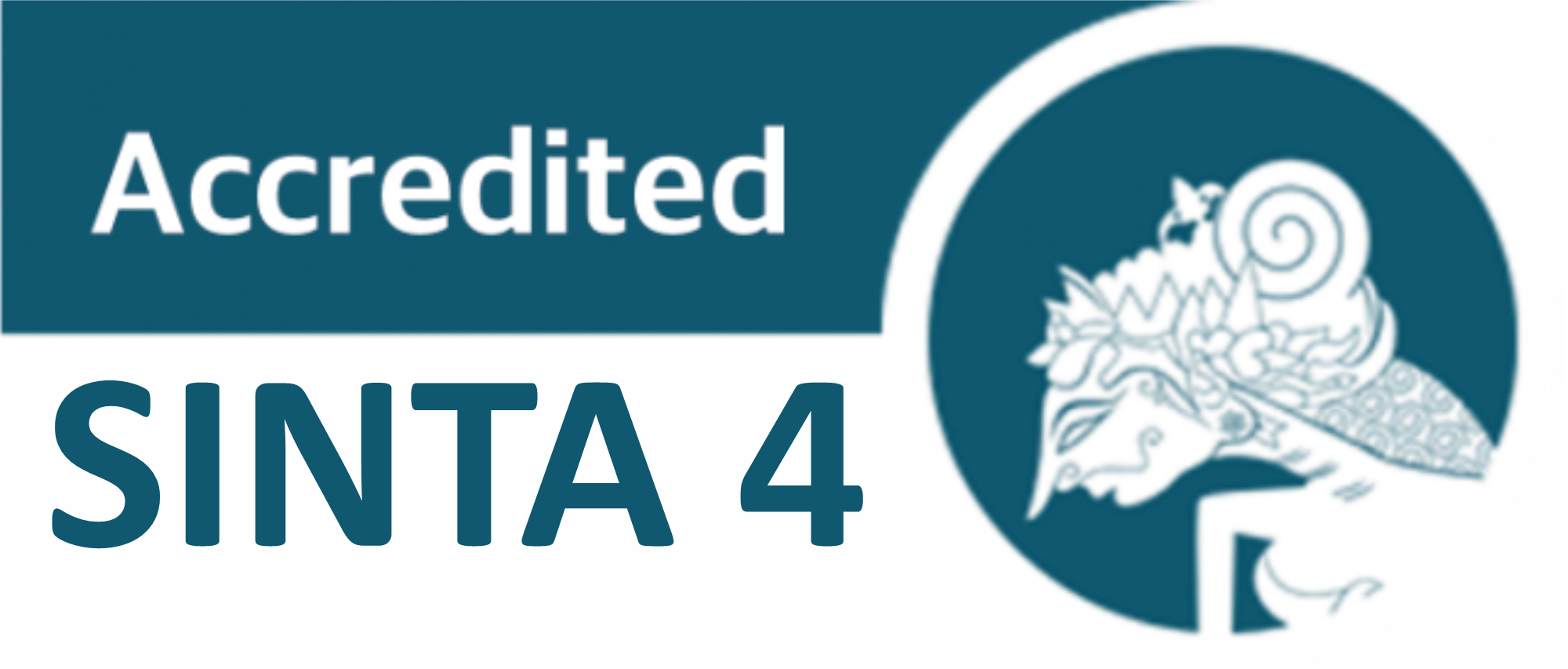Digitalization of Unimed Fine Arts Gallery Through Virtual Tour 360 for Accessibility and Exhibition
DOI:
https://doi.org/10.24114/gr.v14i1.65552Keywords:
Fine Arts, Virtual Gallery, Education, 360 Virtual Tour, Virtual ExhibitionAbstract
The limited accessibility to physical art galleries and the lack of comprehensive documentation of exhibitions have become challenges in preserving and promoting visual art in academic settings. Particularly in the Fine Arts Education Program at Universitas Negeri Medan (Unimed), the physical gallery space has yet to accommodate wider audience engagement, especially in digital formats. This creates a gap between the potential of technological integration and the current practices in art exhibition and education. Addressing this issue, this study aims to explore the digitalization of the Fine Arts Gallery through the development of a virtual tour as an effort to increase accessibility and improve exhibition documentation. The research employs a descriptive qualitative method with a case study approach, focusing on the process of designing and implementing a 360-degree virtual gallery experience. Data were collected through observations, interviews with lecturers, students, and gallery visitors, and open-ended surveys to capture perceptions and experiences. The findings reveal that the virtual tour not only provides broader access to art exhibitions beyond physical limitations but also enhances the visual and archival quality of gallery content. Furthermore, users perceive the platform as more engaging and educational. In conclusion, the digitalization of the gallery using virtual tour technology serves as a strategic innovation to support art learning, appreciation, and preservation in higher education. This approach may serve as a replicable model for other academic institutions seeking to modernize their art exhibition practices.References
Beraldin, J.-A., Picard, M., El-Hakim, S. F., Godin, G., Valzano, V., & Bandiera, A. (2005). Combining 3d Technologies For Cultural Heritage Interpretation And Entertainment (J.-A. Beraldin, S. F. El-Hakim, A. Gruen, & J. S. Walton, Eds.; P. 108). Https://Doi.Org/10.1117/12.594226
Cempaka, G., Dyah W, A., & Sajili, M. (2022). Manajemen Dan Tata Kelola Kemitraan Lintas Sektor Dalam Kegiatan Pameran Seni Rupa Di Museum Basoeki Abdullah Jakarta Studi Kasus: Pameran Narasi Mitos Dan Legenda. Jurnal Manajemen Dan Bisnis Madani, 3(2), 87–101. Https://Doi.Org/10.51353/Jmbm.V3i2.586
Drs. Onggal, N. T. S. D. (2013). Analisis Karya Fotografi Mahasiswa Seni Rupa Angkatan 2008 Jurusan Seni Rupa Universitas Negerimedan Ditinjau Dari Teknik Pencahayaan (Lighting). Gorga : Jurnal Seni Rupa, 5(1). Https://Doi.Org/10.24114/Gr.V1i3.1081
Fitriana, P. N., Bektiningsih, K., & Wikanso, W. (2024). Developing Digital Learning Media Of Artsteps Virtual Exhibition On Food Chain Material. Research And Development In Education (Raden), 4(1), 271–284. Https://Doi.Org/10.22219/Raden.V4i1.32456
Guttentag, D. A. (2010). Virtual Reality: Applications And Implications For Tourism. Tourism Management, 31(5), 637–651. Https://Doi.Org/10.1016/J.Tourman.2009.07.003
Hooper-Greenhill, E., Phillips, M., & Woodham, A. (2009). Museums, Schools And Geographies Of Cultural Value. Cultural Trends, 18(2), 149–183. Https://Doi.Org/10.1080/09548960902826432
Iwan Pranoto, I. P., Ulfa, Z. D., Silalahi, J. N., Herlina, I., & Sagarli, S. (2021). Pengembangan Video Media Pembelajaran Seni Rupa Tradisional Dayak Kalimantan Tengah Berbasis Virtual Reality Smpn 2 Palangka Raya. Gorga : Jurnal Seni Rupa, 10(2), 454. Https://Doi.Org/10.24114/Gr.V10i2.28544
Jung, T., Tom Dieck, M. C., Lee, H., & Chung, N. (2016). Effects Of Virtual Reality And Augmented Reality On Visitor Experiences In Museum. In Information And Communication Technologies In Tourism 2016 (Pp. 621–635). Springer International Publishing. Https://Doi.Org/10.1007/978-3-319-28231-2_45
Khaerul Saleh, F. R. D. (2013). Tekhnik-Tekhnik Pencahayaan Pada Obyek Jeruk Untuk Menghasilkan Karya Fotografi. Gorga : Jurnal Seni Rupa, 2(1). Https://Doi.Org/10.24114/Gr.V2i1.1032
Khamadi, K., & Setiawan, A. (2020). Tata Kelola Pameran Berbasis Project Learning Program Studi Desain Komunikasi Visual Universitas Dian Nuswantoro. Jadecs (Journal Of Art, Design, Art Education And Culture Studies), 5(1), 30. Https://Doi.Org/10.17977/Um034v5i1p30-37
Parry, R. (2007). Recoding The Museum. Routledge. Https://Doi.Org/10.4324/9780203347485
Pierdicca, R., Sasso, M., Tonetto, F., Bonelli, F., Felicetti, A., & Paolanti, M. (2021). Immersive Insights: Virtual Tour Analytics System For Understanding Visitor Behavior (Pp. 135–155). Https://Doi.Org/10.1007/978-3-030-87595-4_11
Ren, W., & Chen, X. (2021). Evaluation Of An Online 360° Virtual Reality World Heritage Site During Covid-19. Open Archaeology, 7(1), 1192–1215. Https://Doi.Org/10.1515/Opar-2020-0188
Sadati, S. M. H., Mitchell, C., Roy, S., & Starr, L. (2024). Re-Visioning Cellphilming Methodology: An Introduction (1st Ed., Vol. 10, Pp. 1–15). Springer Nature Link. Https://Doi.Org/10.1007/978-981-97-3218-0_1
Syifa, A., Febriyanto, & Sanny, R. (2025). Exploring Genai’s Role In Digital Cultural Memory At Museums And Art Galleries In Indonesia: Ar And Vr Perspectives. Springer Nature Link, 15493(16), 198–211.
Van Lith, T. (2019). Qualitative Research Methods In Art Therapy. In Art Therapy Research (Pp. 83–118). Routledge. Https://Doi.Org/10.4324/9781315647081-4
Downloads
Published
How to Cite
Issue
Section
License
Copyright (c) 2025 Rinanda Purba, Adek Cerah Kurnia Azis, Gamal Kartono, Tifan Muhammad Amirulloh

This work is licensed under a Creative Commons Attribution-ShareAlike 4.0 International License.
Copyright
Authors published in this journal agree to the following terms:
- The copyright of each article is retained by the author (s).
- The author grants the journal the first publication rights with the work simultaneously licensed under the Creative Commons Attribution License, allowing others to share the work with an acknowledgment of authorship and the initial publication in this journal.
- Authors may enter into separate additional contractual agreements for the non-exclusive distribution of published journal versions of the work (for example, posting them to institutional repositories or publishing them in a book), with acknowledgment of their initial publication in this journal.
- Authors are permitted and encouraged to post their work online (For example in the Institutional Repository or on their website) before and during the submission process, as this can lead to productive exchanges, as well as earlier and larger citations of published work.
- Articles and all related material published are distributed under a Creative Commons Attribution-ShareAlike 4.0 International License.
License
Gorga : Jurnal Seni Rupa is licensed under a Creative Commons Attribution-ShareAlike 4.0 International License.










